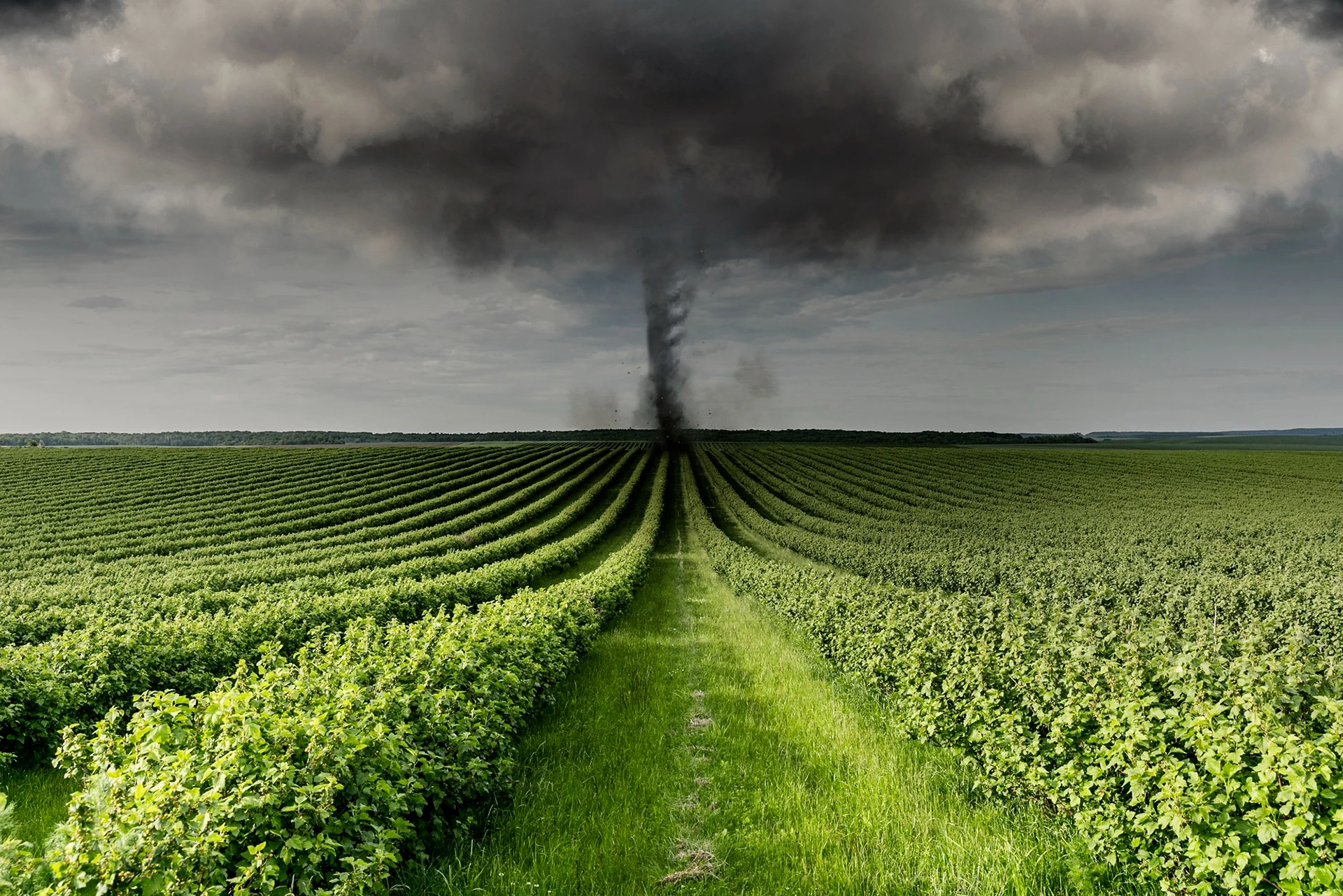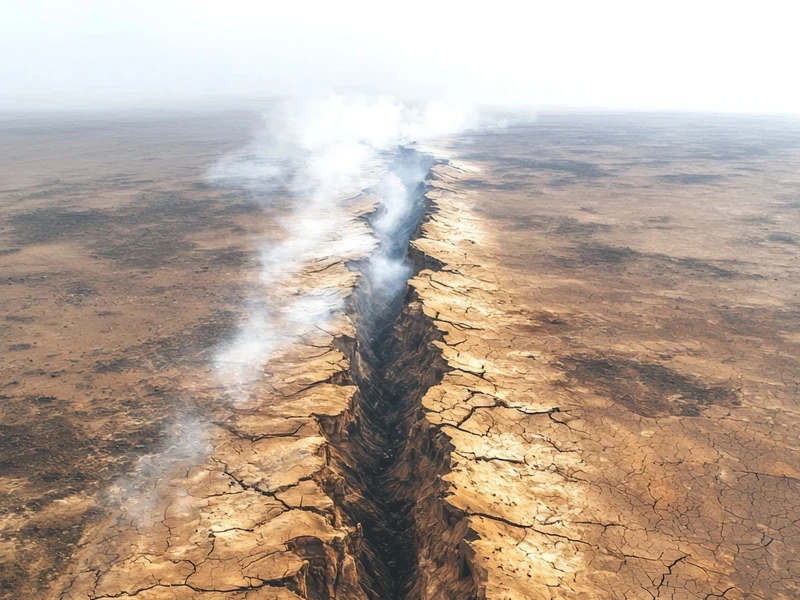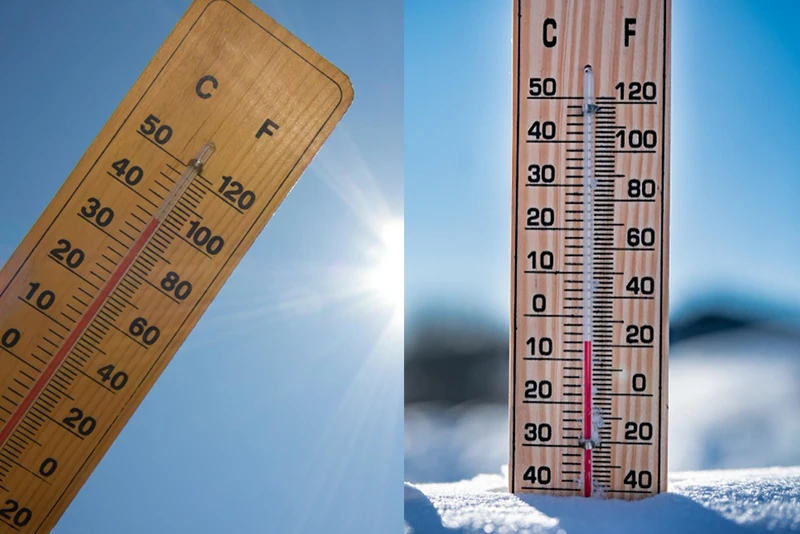The risks faced by installations can also be of natural origin: flood/submersion, earthquake, tsunami, tornado, violent winds...
Severe storms are accompanied by intense winds, flying debris, and destructive forces that can compromise building safety. Tornadoe-resistant doors provide a vital barrier against extreme weather events, reducing the risk of structural damage and ensuring the safety of occupants. Capable of withstanding high impact forces, they are essential to protect sensitive infrastructures.
Our tornado resistant products
The Enhanced Fujita Scale (EF) is a ranking of tornado strength based on damage caused.
| Classification | Wind speed equivalent km/h | Damages | Description of tornado damage |
|---|---|---|---|
| EF0 | 105-137 | Légers | Some pieces of roofing removed; damage to gutters, chimneys, and facade cladding; broken branches, trees with overturned surface roots |
| EF1 | 138-178 | Modérés | Roof coverings completely removed, mobile homes knocked over or severely damaged, exterior doors blown off, windows and other glass elements broken. |
| EF2 | 179-218 | Consiédrables | Mobile homes completely destroyed, light frame houses moved from their foundations, blown roofs on houses with solid foundations; big trees broken or uprooted, light objects transformed into projectiles, cars raised. |
| EF3 | 219-266 | Sévères | Full floors of solid homes destroyed, extensive damage to public buildings such as shopping centers and business centers, overturned trains, debarked trees, trucks and big cars raised and moved, light buildings completely blown away from a distance. |
| EF4 | 267-322 | Dévastateurs | Well-built homes and light-frame houses destroyed, cars blown from a distance, and numerous objects turned into projectiles. |
| EF5 | >322 | Incroyables | Solid houses razed and the debris thrown up, objects the size of a car thrown more than 100 meters away, skyscrapers with structural damage, etc. |

The Eurocode 8 EN 1998 standard details the seismic rules to be applied to protect a building against earthquakes.
All Baumert doors have been designed to withstand an earthquake and maintain all their intrinsic performance after an event. The level of earthquake resistance of our structures is adapted according to the customer's technical specifications, in particular according to the geographical area in which the infrastructure to be protected is located.
Our products are earthquake stableWith ecological awareness, global warming and the increase in energy costs, the energy efficiency of buildings is at the heart of the concerns of businesses and public authorities.
Good thermal insulation of joinery (doors, windows, partitions) makes it possible to reduce heat transfers, improve interior comfort and reduce energy consumption.
Our products with thermal insulation

The assessment of acoustic insulation is governed by the European standard EN ISO 717-1.
The RW index characterizes the ability of a door to attenuate noise transmission. The higher this index, the more effective the acoustic insulation of your carpentry.
This index is complemented by two values (C; Ctr):
